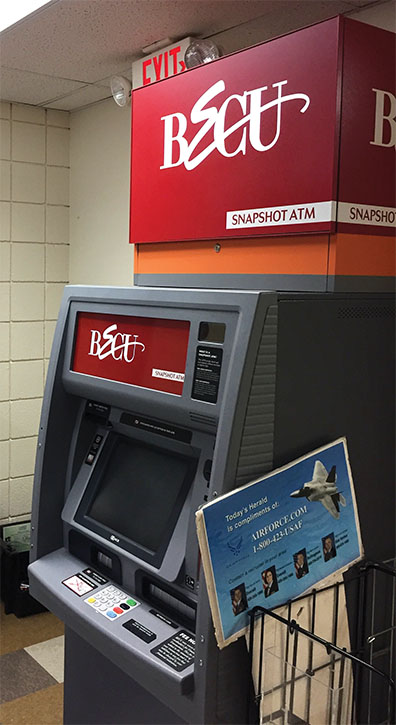Ready, Set, Budget

BECU is one of many banks to go for financial advice.
You finally asked out the girl of your dreams, and everything is going perfect. You both are having a great time, and the food is delightful. But when you go to pay the bill at the restaurant, your card gets declined. Looks like you lost out on a second date and the girl of your dreams. But fortunately this hasn’t happened yet and you still have time to make the right move: a budget.
This is a “101 Budget Plan” that is designed to work for both beginners and experts looking to expand their budgeting knowledge.
According to Jennifer Howard, vice president of Administrative Services, the first step when creating a budget is, “knowing how much revenue you have coming in.” To Howard, this is the most important part of budgeting.
Once you have found out just how much you bring in, you can start tracking everything you spend your money on. Going through online banking apps such as Wells Fargo’s Money map is a good place to start, and another tool is the app Mint. These are just a few common ways to budget.
Now, it’s time to refine your budget. A good benchmark to work with is the 50/30/20 budget plan.
50
- What this means is 50 percent of your wealth is put into bills. These bills will include rent, utilities, insurance, cable and internet; these are what we will call fixed-cost bills. The next set of bills will include food and gas or variable costs, which are bills that change in dollar amounts every month.
30
- The next 30 percent of your wealth will be applied to having fun. This is where the money to bring the girl of your dreams on a nice date will be put.
20
- Finally, the last 20 percent. Your savings will be used to pay off debt, buy a new car or for that vacation you’ve always wanted to go on.
If you have made it this far into your budget, you can start generating an emergency fund- or a “reserves fund” as Howard likes to call it- within your savings account. This could be your car breaking down or your friend needing bail money, although, you probably wouldn’t want to be friends with them after that. A good rule of thumb for a reserves fund is to have three to six months of money saved up for tough times ahead. Remember, winter is here.
In short, track the money you make, figure out what you like to spend your money on, work around that and follow the 50/30/20 plan. For more information on budgets, go to your local bank. They are more than happy to teach you everything you need to know to be successful with your money.
Finally, quoting the words of Warren Buffet, “Rule No.1: Never lose money. Rule No. 2: Never forget rule No.1.”

What interests you about journalism?
Journalism interest me because I enjoy getting the word out on important issues.
Where are you headed with...





